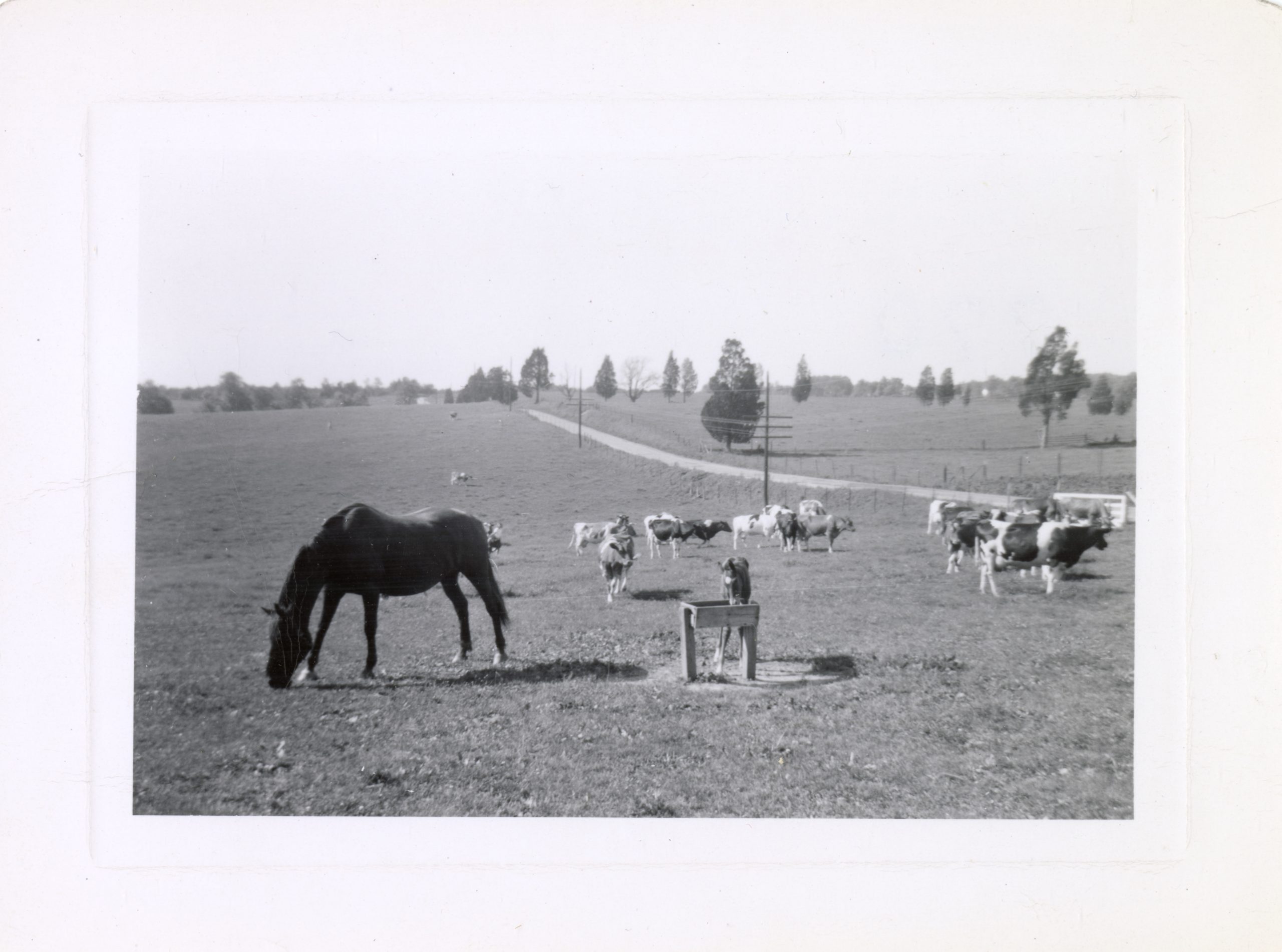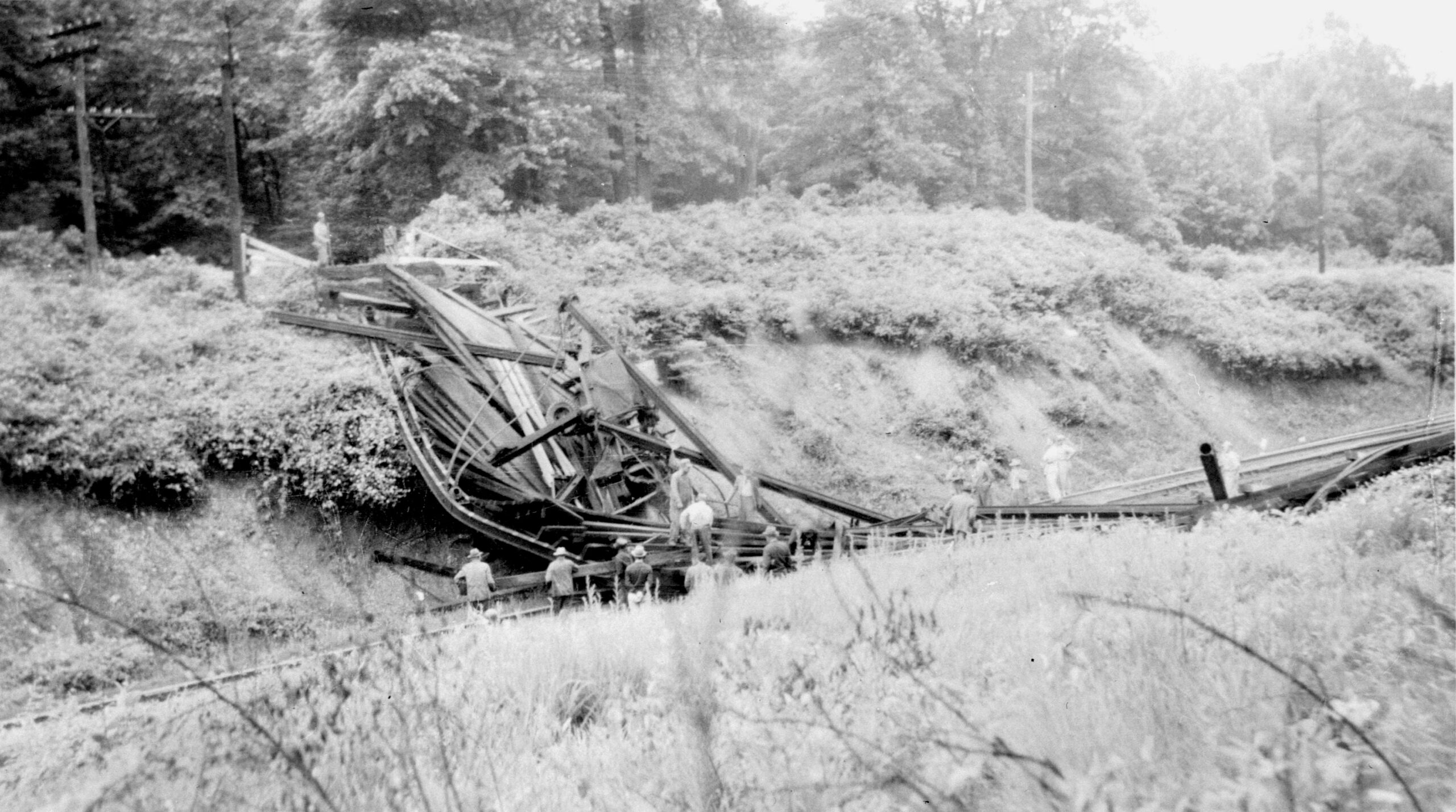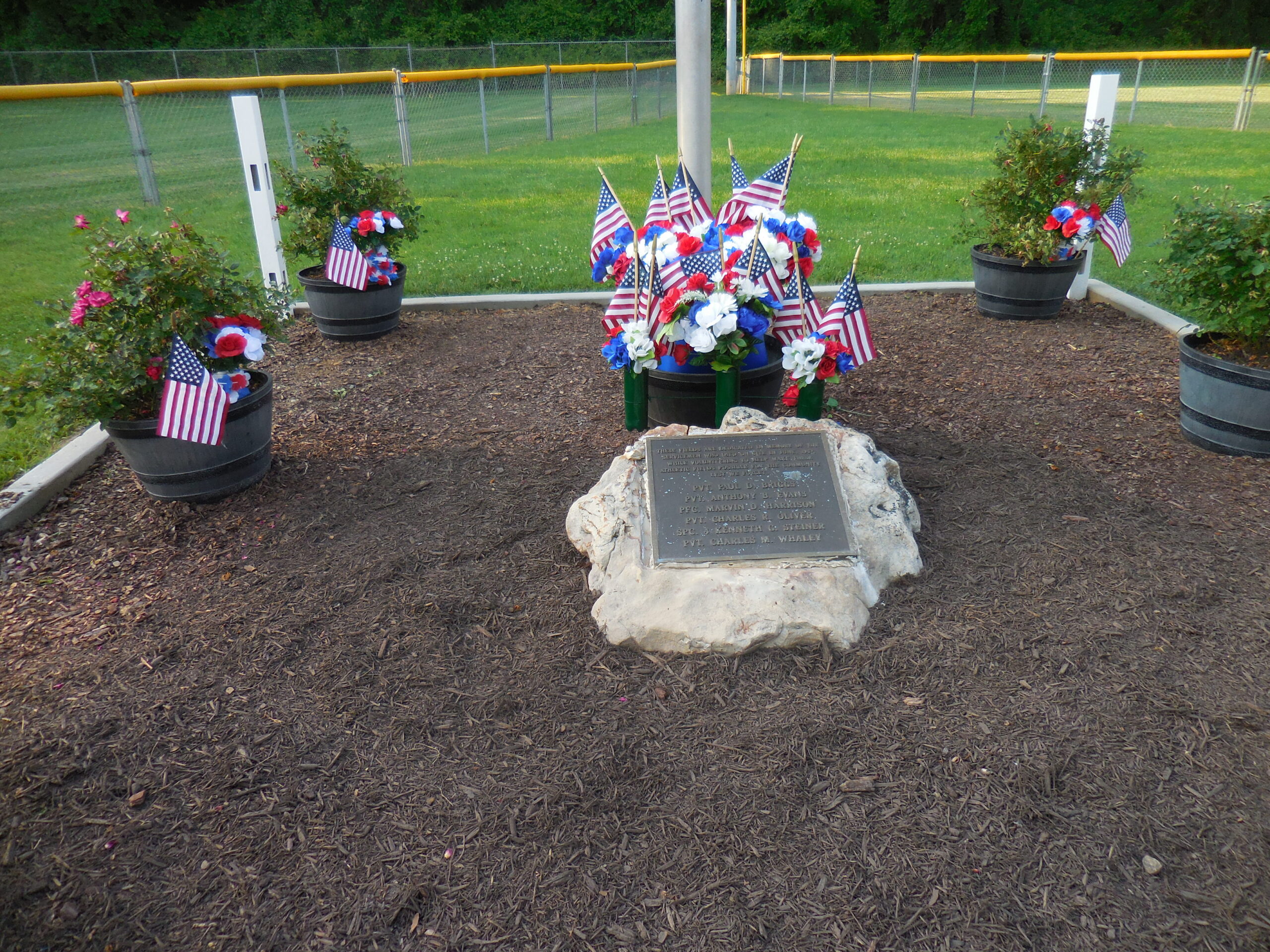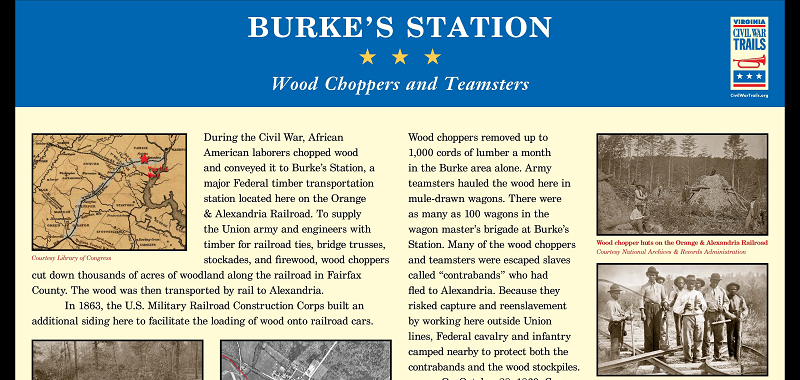By Mary Lipsey and Debi DeLoose. In the late 1800’s an iron truss bridge was…

Changing Agriculture of the 19th Century in Fairfax County, Virginia
From the settlement of Jamestown, Virginia through the mid-19th century, the primary agricultural cash crop of the Commonwealth of Virginia was tobacco. The crop required large acreage (thousands of acres) and cheap labor. The labor was supplied by Africans.
To begin the process, wooded (unimproved) land was cleared by girdling the trees with fire. After repeating firings, the tree would fall, leaving a stump and trunk of about 3 feet. Slaves would use primitive hoes to cultivate the soil to a depth of an inch or two. The only soil amendments consisted of wood ash from the girdling process. Tobacco does not require additional fertilizer amendments and will actually fail to cure at the end of the growing season if given nitrogen. The tobacco was planted by slaves around the tree stumps.
After two years of shallow cultivation, a hardpan formed about 2 inches below the surface and the topsoil that the soil washed away, leaving a poor, sterile clayey subsoil. The farmer then moved to the next unimproved area, clearing the land as previously described, and hand planting tobacco seedlings.
Once harvested at first frost the browning, drying tobacco leaves were hung in tobacco barns to cure. The leaves were then packed in large wooden barrel-shaped hogsheads and rolled down two roads, Rolling Road and Ox Road, to Colchester. Colchester, Fairfax County’s oldest town, was dominated by tobacco warehouses and tall wooden ships. Tobacco hogsheads would be stored in the warehouses until a wooden schooner arrived to load the cargo to England. In time, the English tired of Virginia tobacco and turned towards Caribbean tobacco. By the 1860 Agricultural Census only two Fairfax farmers reported raising tobacco crops.
By 1840, much of the land in Fairfax County was worn out and reverting to red cedar, Virginia Pine, and broom straw. Much of the land was put up for sale; a Fairfax County farm was advertised in Albany, New York for a dollar or two an acre with house and outbuildings. Hundreds of individuals from New York, New Jersey, and Pennsylvania, particularly groups of the Society of Friends (better known as Quakers), migrated to Northern Virginia. They settled in colonies in Waterford, Vienna, and Woodlawn. Being strongly against human bondage, the Quakers favored free labor and growing wheat, which was not dependent on slave labor. The Quakers deep tilled the soil, using steel ploughs, bird guano (high nitrogen) and land plaster (NaSO4). The new steel ploughs were made in nearby Vienna, Virginia by Moses Cohen. These ploughs were shipped across the country via the Alexandria, Loudoun, and Hampshire Railroad and the Orange and Alexandria Railroad.
When the wheat was harvested, it was taken to a local merchant mill, such as Holsapple’s, Burke’s, or Keene’s mills. The wheat was stone-ground and placed in locally made wooden barrels. Originally hauled to Alexandria in farm wagons, the wheat, milk, and other agricultural products would take as much as two days to reach the market, depending on the road conditions. After some time, two flour mills, Pioneer Mills and Potomac Mills, were built on the river front and Alexandria became a “Flour Town.” The flour from the ground wheat was loaded in wooden barrels, placed on large 3-masted wooded schooners and shipped to Europe. Terrible food shortages were common in Europe and bread was needed.
In the early 1850s, three railroad companies were organized in Alexandria. They were built out west to the Valley of Virginia, the breadbasket of the Commonwealth. As noted above, in the 1860 agricultural census only two citizens in Fairfax County grew tobacco, while the majority raised wheat, oats, rye, Irish potatoes, Indian corn, and hay and raised cattle, milk cows, sheep, swine, horses, and oxen.
By 1900, Fairfax County was ranked the number 1 dairy county; and number 3 in orchard crops, peaches and apples, in the Commonwealth of Virginia.


